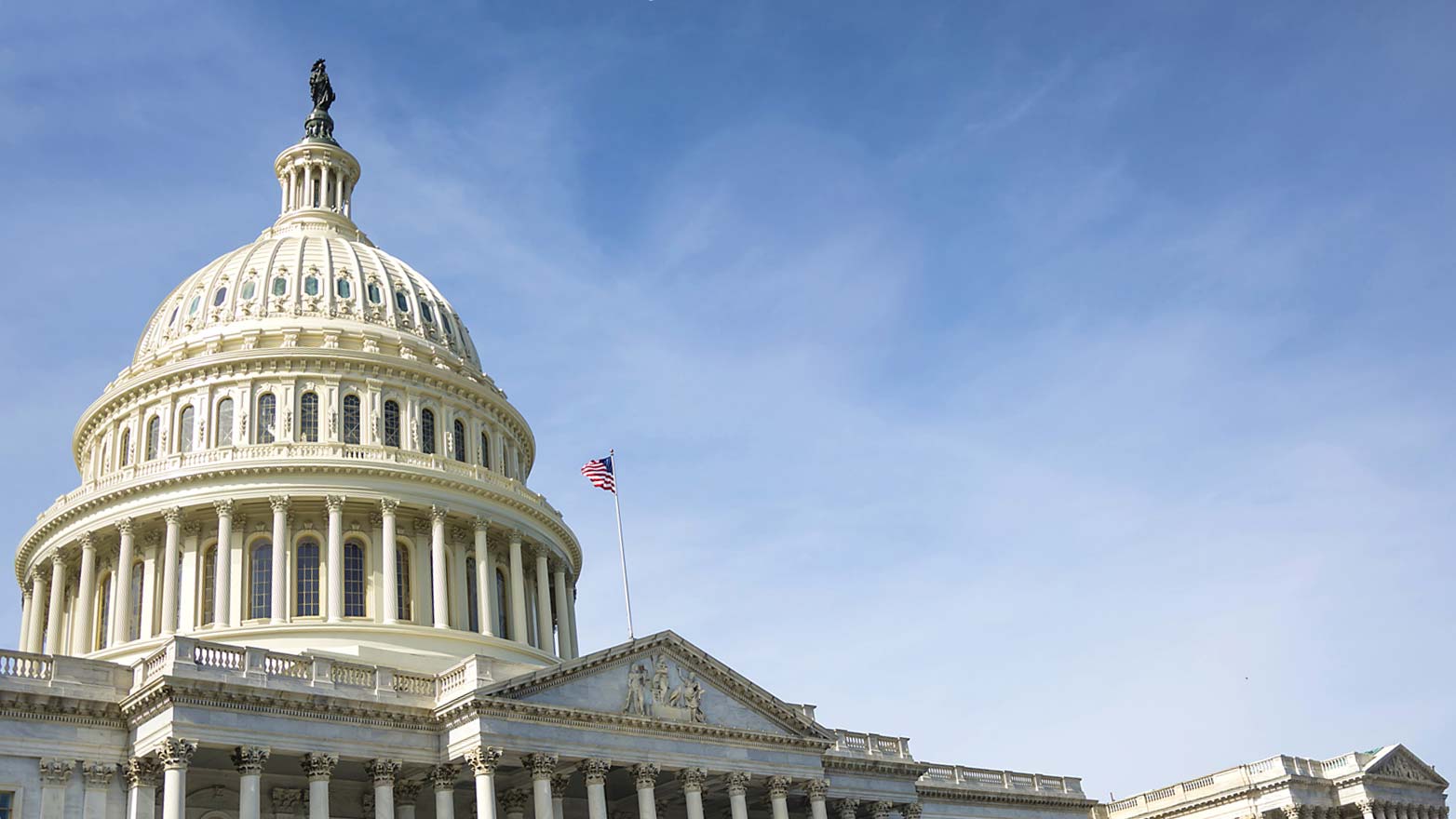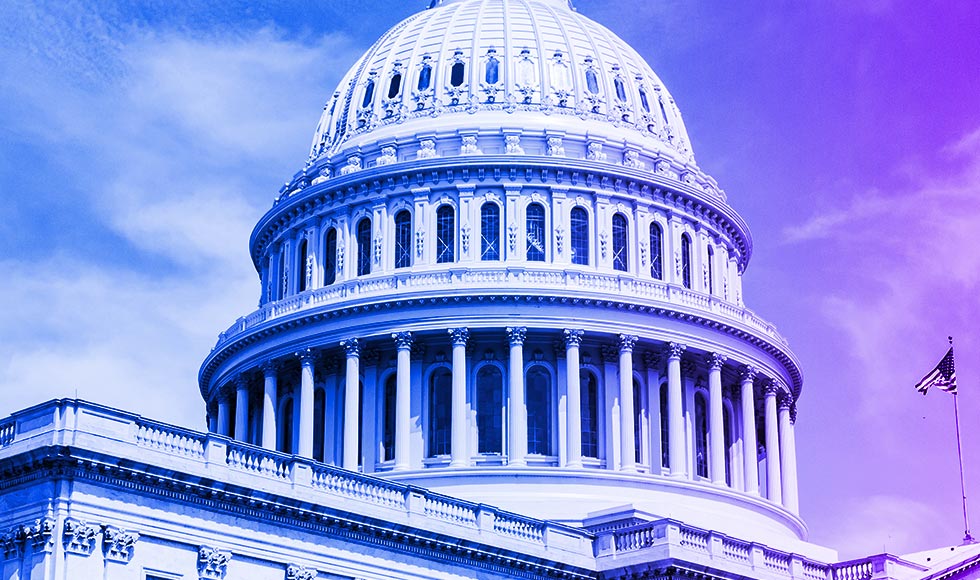October 2022
KPMG Insights. The reports on the financial stability risks of digital assets, which follow on from multiple other recently released reports (see KPMG Regulatory Alert, here), show the ongoing focus of regulators and standards setters in the U.S. and globally to understand and assess the risks associated with these novel assets, and to appropriately build a regulatory and supervisory framework. As in other reports, these reports reiterate recommendations that regulatory and law enforcement agencies continue to use their existing authority to address current and emerging risks and recognize that legislation may be required in areas related to stablecoins and central bank digital currencies (CBDCs).
Crypto and Digital Assets: FSOC, NY Fed Reports on Financial Stability Implications
Detailed reports on the financial stability risks of digital assets

Share
Dive into our thinking:
Crypto & Digital Assets: FSOC, NY Fed Reports on Financial Stability Implications
Download PDFGet the latest from KPMG Regulatory Insights
KPMG Regulatory Insights is the thought leader hub for timely insight on risk and regulatory developments.
Explore more

Points of View
Insights and analyses of emerging regulatory issues and their impact.

Regulatory Alerts
Quick hitting summaries of specific regulatory developments and their impact.

Washington Report 360
A weekly newsletter covering legislative and regulatory developments affecting financial services firms—in 360 words or less.
Meet our team

Amy S. Matsuo
Principal, U.S. Regulatory Insights & Compliance Transformation Lead, KPMG LLP

Damian Plioplys
Principal, Advisory, FS Risk, Regulatory & Compl, KPMG US
